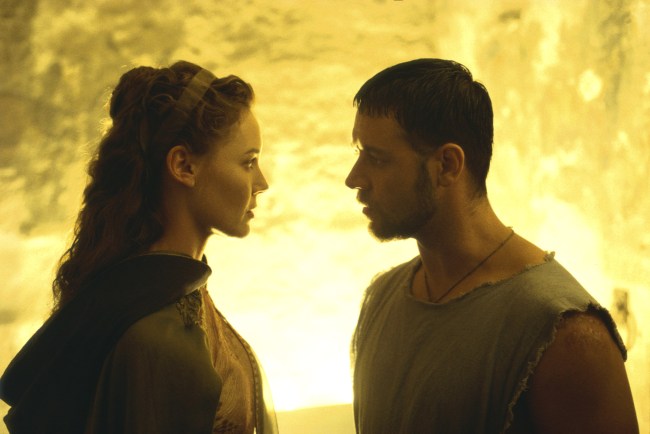One day, someone will make a gladiator film that treats it more like wrestling than an epic battle for the soul of a declining empire. Until then, Ridley Scott has been pretty great at epics, and “Gladiator II” picks right up from where his 2000 film “Gladiator” left off. Before you are pulled into this new cycle of Roman excess, political intrigue, and spectacle centered on the sands of the Colosseum, however, it is worth remembering the key characters from the first film and what they (and several tigers) were all so fussed about. This way, you can answer what is truly the most important question about “Gladiator II.”
Are you not entertained?
As much as Hollywood characters love to yearn for the halcyon days of the Roman Republic, everyone in “Gladiator” is, in some way, connected to the Imperial Family of the Roman Empire. At the beginning of the first film, the Emperor is the kindly, wise, old Marcus Aurelius (Richard Harris). He is kindly, wisely and boldly ordering the conquest of Germania, watching from his cool Roman Airstream as his armies are led to victory by the general he regards as a son, Maximus (Russell Crowe).
However, Marcus Aurelius’s biological family is a bit more complicated. He has one savvy daughter, Lucilla (Connie Nielson), and one depraved fail-son, Commodus (Joaquin Phoenix). As a widow, Lucilla could be in a bit of a vulnerable position. She has a young son from her previous marriage to protect named Lucius (Spencer Treat Clark), and her brother’s moods and urges to manage. But as long as her dad is alive, there shouldn’t be too much to worry about, right?
Well. Listen, whomst can really say who Marcus Aurelius wants to rule Rome and return this broken, amoral empire to its virtuous Republican roots, and who snaps and strangles their own father when they’re told that they’re unworthy? Commodus ascends to the throne and orders Maximus and his family executed — just classic emperor things — and while Maximus narrowly escapes this fate, he finds himself sold into slavery and bought by Proximo (Oliver Reed), an ex-gladiator who now trains them to fight and make him money, and something of an impresario on the fringes of the empire.
While Maximus is coming up through the minor league arenas out in the provinces, Lucilla is wheeling and dealing to make sure that at least she has the support of the Roman Senate and notably conspires with the sardonic but Republican-at-heart senator Gracchus (Derek Jacobi). He will be on the test.
There are, of course, many other people in “Gladiator,” all milling around Rome and scheming different schemes as Commodus throws a set of celebratory games that, unknowingly, leads Proximo to bring his newest gladiator to the Colosseum (Lucius even becomes a fan of Maximus before anyone realizes who Maximus really is!). A bunch of these characters even have neat callback names to the main characters of the Late Roman Republic, like Cicero and Cassius and Gaius. But we are here to tell you that you don’t need to pay them much mind going into “Gladiator II.”
Likewise, Juba, played by Djimon Hounsou, is a Nubian hunter also turned gladiator, whose calm loyalty and faith despite his separation from his family is a fascinating counterpoint to Maximus’ desire for vengeance. But he will not be on the test — so just watch “Gladiator” if you want to see how Hounsou can be so physically delicate and forceful in the same performance.
It isn’t a spoiler to say that Lucilla is back for “Gladiator II,” still surviving Roman imperial politics; and it is not hard to find out how Paul Mescal’s character relates to both her and to Maximus. But it’s really the power dynamics of the first film that are worth keeping in mind as you walk into the second, whether or not you do so through ripe fields of wheat.
Fortunately, “Gladiator” sums these dynamics up in its dialogue: The general who became a slave. The slave who became a gladiator. The gladiator who defied an Emperor. “Gladiator II” begins about a decade and a half after the first film ends with (spoilers!) Maximus killing Commodus in the arena before succumbing to his own wounds. This leaves a power vacuum that can, hopefully, be filled by a return — a retvrn? — to Roman Republican virtue.
Suffice it to say, “Gladiator II” does not make things so simple.
Profligate emperors, power players in the imperial family, senators desperate to hold onto their prestige, rich businessmen looking to cement their position through the success of their gladiators, and gladiators who have agendas of their own all find they have things to win, and to lose, in the arena. In Scott’s “Gladiator” films, as in life, the more things change, the more they stay the same.


